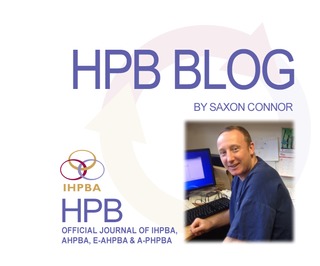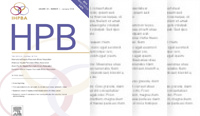International Hepato-Pancreato-Biliary Association
HPB Blog: August 2015

Consensus statements for biliary cancers all in a single issue of HPB
In this month’s issue of HPB there are three must read articles for practising liver surgeons. Courtesy of the AHPBA, consensus statements on the current management of intrahepatic (ICC), hilar (HCC) and gallbladder cancer (GBC) are presented with accompanying editorials. For many surgeons these are relatively rare entities and so a comprehensive review of all three topics all in one place is well worth investing time in. The editorials provide a balanced review of the conclusions and identify areas of controversy thus identifying topics suitable for further research.
Weber et al provide the consensus statement on ICC and highlight the need for nodal dissection. A counter argument to this is found in the editorial by Ghassan et al it is worth reading both sides of the discussion to help come to your own conclusion. Aloia et al cover GBC and it is worth noting that within this consensus statement the issue of gallbladder polyps is addressed. Although the authors recommend a cut off for surgery of 1cm, the authors of the accompanying editorial suggest 8mm might be a more prudent number. This difference of opinion may simply be due to lack of high quality evidence or may indicate that readers need to apply some “leeway” with regard to the statements based on the underlying prevalence of GBC and iatrogenic BDI within their own local population. Mansour et al complete the triology with a consensus statement on HCC. Perhaps the most difficult group of HPB patients, the consensus statement highlights the importance of pre-operative preparation and carefully defining resectability. The authors also highlight the need to consider benign mimics, particularly IgG4 disease or eosinophillic cholangiopathy.
In addition to being informative for the surgeon these statements provide a sound framework from which to base local biliary cancer MDT guidelines. The low levels of evidence on which some recommendations are based highlight the limitations of single centre studies for rare diseases. For future recommendations to carry more weight, well-designed collaborative multicentre studies will be necessary.
The AHPBA should be congratulated for the initiative and quality of these three papers.
Click here for the Table of Contents.
Saxon Connor
Corporate Partners
If you are interested in becoming a Corporate Partner of the IHBPA please contact industry@ihpba.org
Find out more


